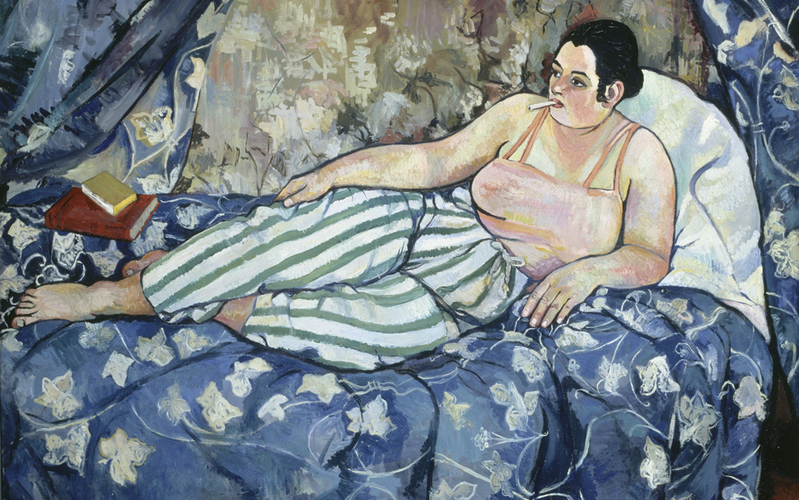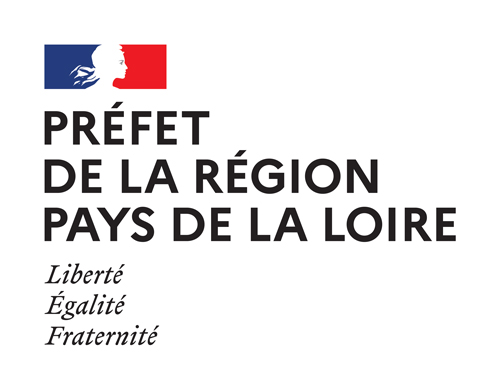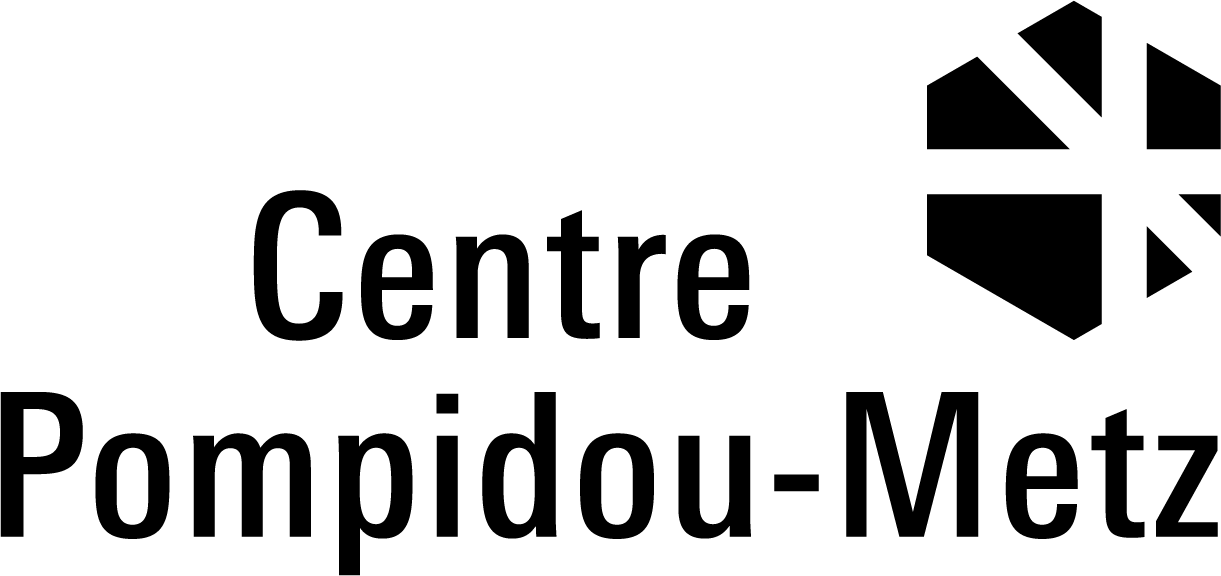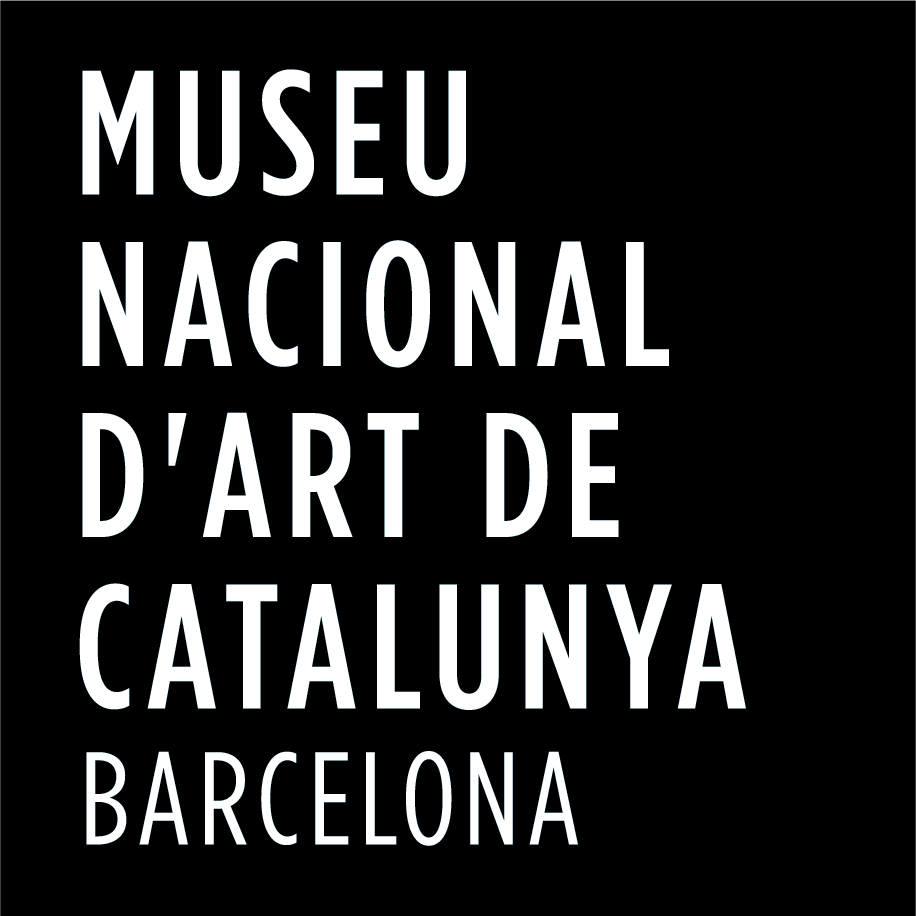Suzanne Valadon, A World of one’s Own

In this exhibition the Musée d’Arts de Nantes places a new focus on the unconventional career of Suzanne Valadon, from her beginnings as an artist’s model to her heyday as an artist in avant-garde Montmartre.
An exceptional, self-taught artist, Suzanne Valadon (1865-1938) left a fascinating, transgressive and uncompromising body of work.
An ardent defender of the need to paint real life, she broke with the traditional idealisation of the human body. She painted intimate scenes of daily life with marked outlines and a boldness of colour that are incredibly modern.
Owner of the masterpiece Les Baigneuses (1923), acquired in 1957 through the Friends of the museum association, the Musée d’Arts de Nantes pays tribute to this self-taught artist, to whom the history of arthas given little attention since her death.
With around 120 paintings and works on paper, the Nantes exhibition above all retraces Suzanne Valadon’s career on the Parisian artistic scene at the turn of the 19th and 20th centuries, from her years as artist’s model (for Auguste Renoir, Pierre Puvis de Chavannes, Henri de Toulouse-Lautrec) to her most radical personal pieces. The freedom with which she approaches the traditional painting genres (nudes, portraits, still lifes and landscapes) underscores the pivotal status of this iconic figure in avant-garde Montmartre.
The exhibition is organised into five sections in the museum’s Patio:
- From model to artist: Maria to Suzanne: before becoming Suzanne Valadon, the child of Montmartre, Marie-Clémentine Valadon chose the nameMaria for her career as a model to many artists.
- Illustrations and prints: the beginnings: from her first known work, a self-portrait in pastel dated 1883, signed “Suzanne Valadon”, to her apprenticeship in printing alongside Edgar Degas.
- A pictorial revolutionthrough nudes: inspired by her own past as a model, and far from a realistic approach, the artist painted a number of female nudes with candour and complicity.
- Still lifes and landscapes: as a true painter does, she aspired to embrace all the modern genres of her time: nudes, portraits, but also still lifes and landscapes.
- Portraits of a circle of supporters: The portraits painted by Suzanne Valadon pay tribute to a circle of friends, family and professional acquaintances.
Three themed detours within the exhibition give some historical context and explore the avenues open to women artists at the turn of the 19th and 20th centuries. Focusing alternately on the life of artist’s models in Paris in the early 20th century and women’s social ascent to the status of artist in the same era, exploring the many possible interactions in Paris’ avant-garde artistic community from 1910 to 1930.
Three essential questions came up:
- What did it mean to be an artist’s model in Paris at that time?
- How could a woman train as a painter?
- How visible were women artists?
Credits:
- Suzanne Valadon, La Chambre bleue, 1923. Huile sur toile, 90 x 116 cm. Paris, Centre Pompidou, Musée national d’art moderne - Centre de création industrielle, en dépôt au Musée des beaux-arts de Limoges. Photo : © Centre Pompidou, MNAM-CCI, Dist. RMN-Grand Palais / Jacqueline Hyde.
Curator of the exhibition:
Chiara Parisi, Director of the Centre Pompidou-Metz.
Chief curator of the exhibition in Nantes:
Claire Lebossé, Curator responsible for the modern art collections at the Musée d’Arts de Nantes.
Sophie Lévy, Head Curator at the Musée d’Arts de Nantes.
Salomé Van Eynde, Exhibition Manager at the Musée d’Arts de Nantes.
This exhibition was designed and presented by the Centre Pompidou-Metz from 15 April to 11 September 2023, then taken and adapted by the Musée d’arts de Nantes and presented from 27 October 2023 to 11 February 2024.
It will then be on show at the Museu Nacional d‘Art de Catalunya in Barcelona from 19 April to 1 September 2024.
The Musée d’arts de Nantes thanks its sponsors, the Lamotte Group, LNA Santé and SNCF Réseaux for their generous financial supports for the exhibition, as well as the Fonds Métropolitain pour la Culture.
The museum thanks the French government - Ministry for Culture - DRAC of the Pays de la Loire region for the subsidy granted for the exhibition.

The museum warmly thanks its media partners, who through their support play an active role in the general’s public’s discovery of the exhibition and help boost visitor numbers.
From 27 October 2023, to 11 February 2024
Patio



















